Oh dear, we have so many cool Hanover tips for you, we don’t even know where to begin. Before our trips, Hanover was always a gray spot on the map of Germany for us. “Didn’t the EXPO take place there in 2000?” That was it for our knowledge of the city. Why? We don’t really know. Even during our tour through Germany, we didn’t make it to Hanover. Luckily, we’ve been able to make it back on two trips now.
Together with Hannover Tourism, we’ve been able to explore the city twice now and learn more about it. What we can tell you in advance: We’re in love! Absolutely! Why, how, and wherefore? We’ll tell you all in today’s article. We’ll also give you our best tips for Hanover and reveal our highlights in each of the city districts.
- Arriving in Hanover
- Mobility in Hanover
- Accommodation in the city
- Mitte – Our highlights and tips
- Linden – Our highlights and tips
- Nordstadt – Our highlights and tips
- List – Our highlights and tips
- City tours & Excursions
- Our conclusion about Hanover
Getting to Hanover
By car: Hanover is located in the Leine Valley, between Hamburg, Bremen, Kassel, Leipzig, and Berlin. If you’re coming from North Rhine-Westphalia and Berlin, always take the A2. Are you coming from Hamburg, Bremen, or Munich? Then take the A7 to Hanover. The good thing is that Hanover is an important motorway junction in Germany, so you can easily arrive by car.
By train: We love traveling by train and traveled both times from Rostock to Hanover by train (via Hamburg). Fortunately, Hanover is easily accessible thanks to fast ICE connections. From Hamburg, it’s just 60 minutes, from Berlin, 90 minutes, and from Munich, it only takes 4.5 hours.
By bus: Long-distance buses also serve Hanover. Behind the main train station, you’ll find the central bus station terminals with a covered waiting area, lockers, and restrooms. A trip from Berlin to Hanover with Flixbus* costs just €9.99, and a trip from Munich starts at €22.99.
Mobility in Hanover
For us, Hanover is an absolute cycling city. You can get from A to B very quickly by bike, allowing you to explore the city with complete flexibility. We were lucky enough to be able to rent bikes for free at our me and all hotel. Alternatively, you can also find numerous rental companies in the city, such as STEP’s Radstation 1 at the main train station. Other services include call-a-bike from Deutsche Bahn or nextbike Hannover.
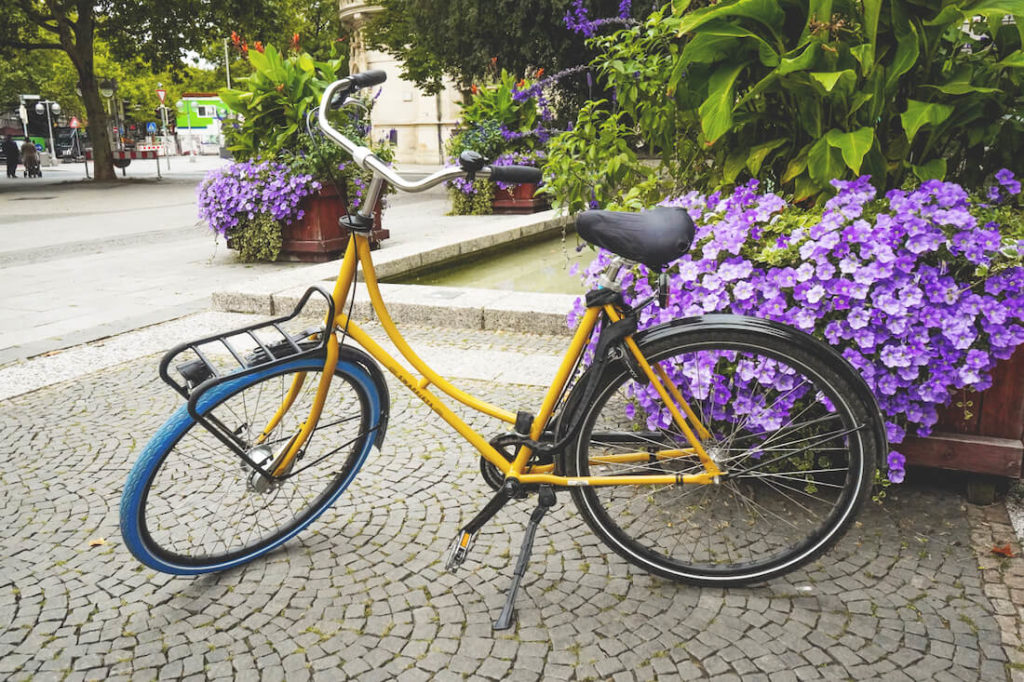
Public transport is also very well developed in Hanover and the surrounding area. Whether it’s the subway, S-Bahn, regional trains, or buses – there are numerous options for getting from A to B (route map & times). We recommend the Hannover Card, which not only allows you to use public transport (train & bus) for free, but also offers many discounts from partners. You can get up to 50% off on sights, museums, city tours, leisure facilities, theaters & variety shows, restaurants, and cafés. More information here: Hannover Card.
Staying in the City
There are numerous cool and centrally located hotels and hostels in Hannover. In the following section, we introduce you to our hotels, which we have thoroughly tested ourselves. We have also picked out three other cool hotels for you that have really good reviews. Do you have any other accommodation tips for us and all other readers? Feel free to share them, we’ll be happy to update this overview.
Hotel Mussmann at the Main Train Station
During our first trip, we stayed at the Hotel Mussmann, which is located right next to the main train station. The rooms are spacious and comfortably furnished. Our room featured a small leather couch, a desk, a TV, a comfortable bed, and a bathroom with a shower and toilet. There’s a sauna on the third floor, but we didn’t have time to try it. The breakfast was delicious; nothing was missing. You can book your room at the Hotel Mussmann here*. Rating: 4.5 out of 5 on Tripadvisor* from 239 reviews.
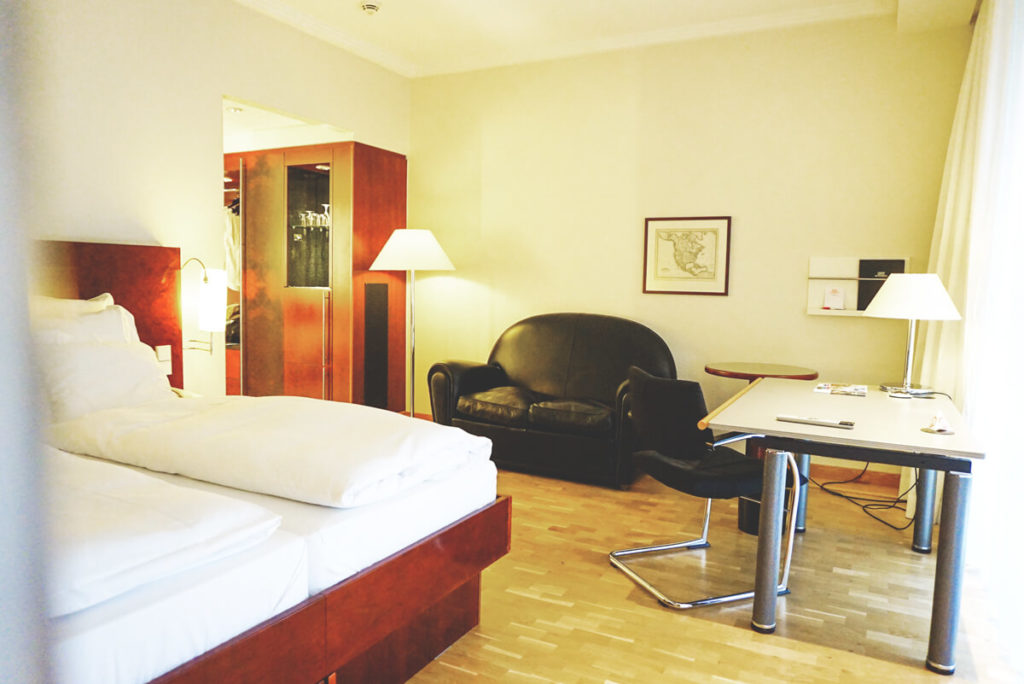
me and all hotels Hannover
On our second trip, we were able to stay at the newly opened me and all hotel on Aegidientorplatz. This stylish hotel opened in May 2020 and impresses above all with its really cool design and high-quality furnishings. The accommodation is just two stops from the main train station, less than 15 minutes on foot. We can confirm that the location is truly perfect. The in-room minibar, fitness center, sauna, and bikes are all free. You can book your room at the me and all hotel Hannover here*. Rating: 4 out of 5 on Tripadvisor* from 13 reviews.
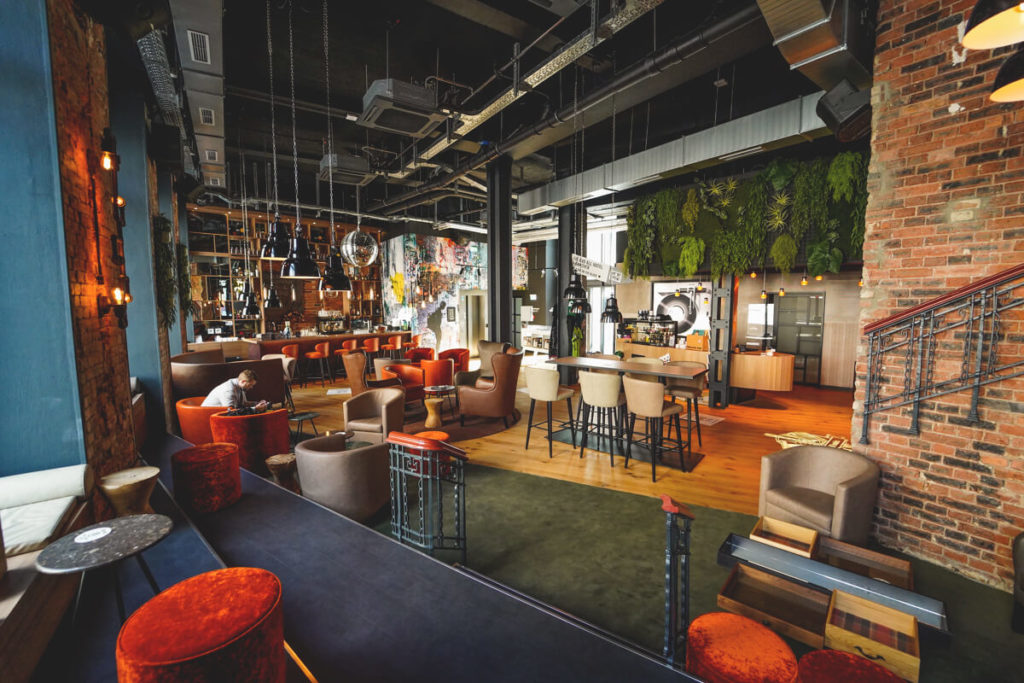
Book a room here*
The cool and stylish prizeotel Hannover-City is located in the city center, not far from the main train station. High-speed Wi-Fi, a work area in the lobby, cool and colorful rooms, and unusual designs and details await you.
4.5 out of 5 points on Tripadvisor*
Book a room here*
This 4-star hotel is located in the city center, just a 5-minute walk from St. Nicholas Chapel. Look forward to a rooftop terrace, spacious rooms, an on-site restaurant, and a bar. Previous guests particularly praise the location, the fantastic breakfast, and the great team.
4.5 out of 5 points on Tripadvisor*
Book a room here*
Just 300 meters from the State Opera, this chic 5-star hotel offers fine dining, a wellness and fitness area, and elegant rooms with high-quality furnishings. Previous guests particularly praise the staff, the breakfast, and the location.
4.5 out of 5 points on Tripadvisor*
Mitte – Our Highlights and Tips
For an initial overview, a tour along the Red Thread is worthwhile. This line runs through the city center and takes you to the 36 most important sights. The thread is approximately 4.2 kilometers long and runs along pedestrian paths, frequently crossing other streets. The Red Thread begins at Ernst-August-Platz at the Tourist Information Center and ends at the Main Train Station. Every year, the line is repainted. At the Tourist Information Center, you can buy a small booklet with all the highlights of the Red Thread for €3. All information and stops along the Red Thread Trail can also be found here in advance.
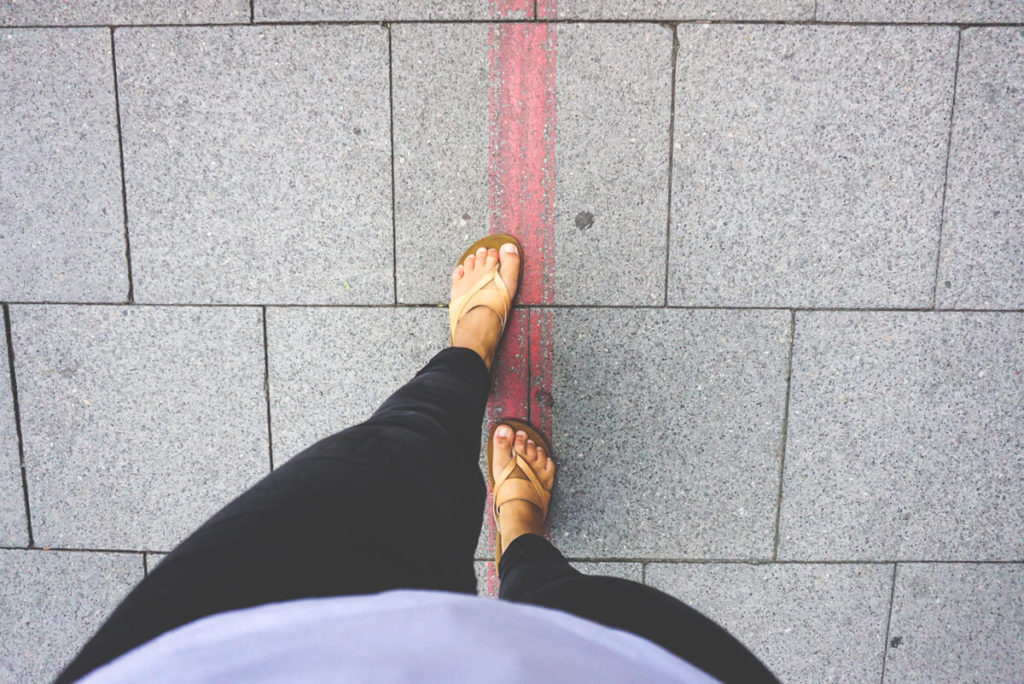
New Town Hall & Dome
A MUST in Hanover: A visit to the New Town Hall! This magnificent building from 1913 is, in our opinion, definitely the most beautiful building in Hanover. Although the town hall is located directly in the city, it is surrounded by greenery, parks, and the idyllic Maschsee lake. In the entrance hall, there are four city models depicting Hanover at different times: the Middle Ages, the pre-war period, after the war’s destruction, and today. An absolute recommendation, truly very interesting! Our guide also told us that the town hall was built on 6,026 beech piles. Crazy, right?
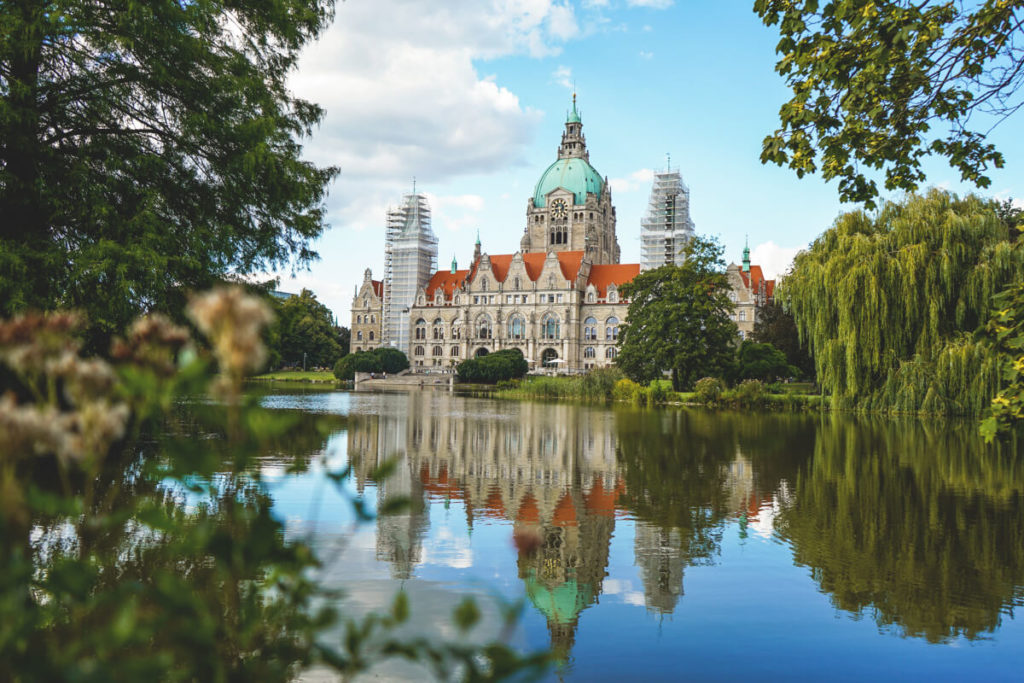
The arched elevator to the dome of the town hall is also special. Since only five people are allowed in the elevator at a time, you’ll have to allow some time and wait. After a good half hour, we were finally off. First, it goes vertically upwards, then a moment later at an angle of 17 degrees. Once at the top, you have a wonderful view of all of Hanover from a height of 97 meters. The trip to the dome costs €3.50 for adults and €2 for children.
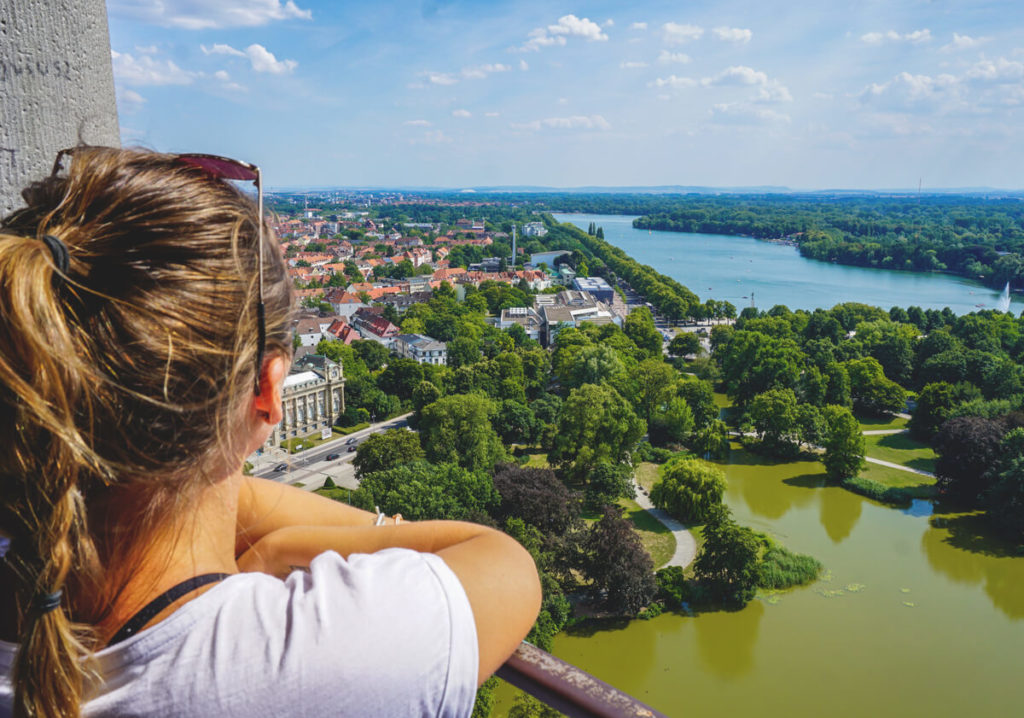
The idyllic Maschpark
Right near the Town Hall is the beautiful Maschpark and the adjacent Maschsee. The park was planned and created in connection with the construction of the New Town Hall. Here you can have a picnic, laze on a blanket, or read a book. We have been to this park three times so far and will go there again on our next visit. For us, this park is a true idyll in the middle of the “small metropolis.”
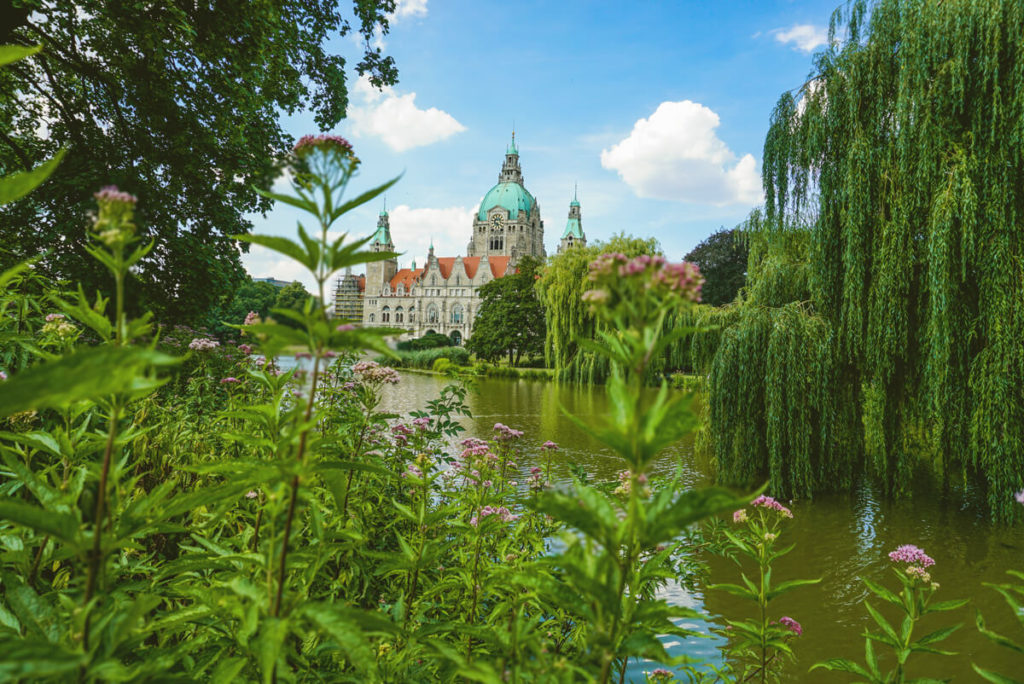
Hannover Tips – Lake Maschsee
One of the most popular destinations in Hanover is Lake Maschsee. It’s not just water sports enthusiasts who get their money’s worth here. You can stroll, cycle, sail, jog, go boating, and much more at the lake. We enjoyed the time in the sun, sat on the shore, and enjoyed an ice cream. At the Hanover Yacht School, you can rent paddleboats, rowing boats, pedal boats, and sailboats without registration from April to October. A pedal boat, for example, costs only €8 per hour, and a paddle boat only €5.

And would you have thought that you can even surf in Hanover? On Lake Steinhude (32 km away), you can windsurf, sail, ride a catamaran, or rent a SUP. There’s also a water ski cable car on Lake Blauer See. Here, you can cruise across the water at speeds of up to 30 kilometers per hour. Lake Blauer See is only 16 kilometers from Hanover. As you can see, Hanover is surrounded by water and offers a wealth of variety.
Hanover’s Old Town
Many sights are located in Mitte. This common thread also runs through the beautiful Old Town. Here you will find idyllic alleyways, charming cafés, and historic half-timbered facades. Unfortunately, not much of the historic Old Town (partly dating back to the Middle Ages) survived the Second World War.
Only about 40 buildings in the formerly large Old Town center between Steintor and Aegidientorplatz were at least partially spared from fire. Today’s Old Town district around the Market Church and the Old Town Hall impresses with its very cozy atmosphere. Kramerstraße is also one of the city’s most popular shopping and strolling streets.
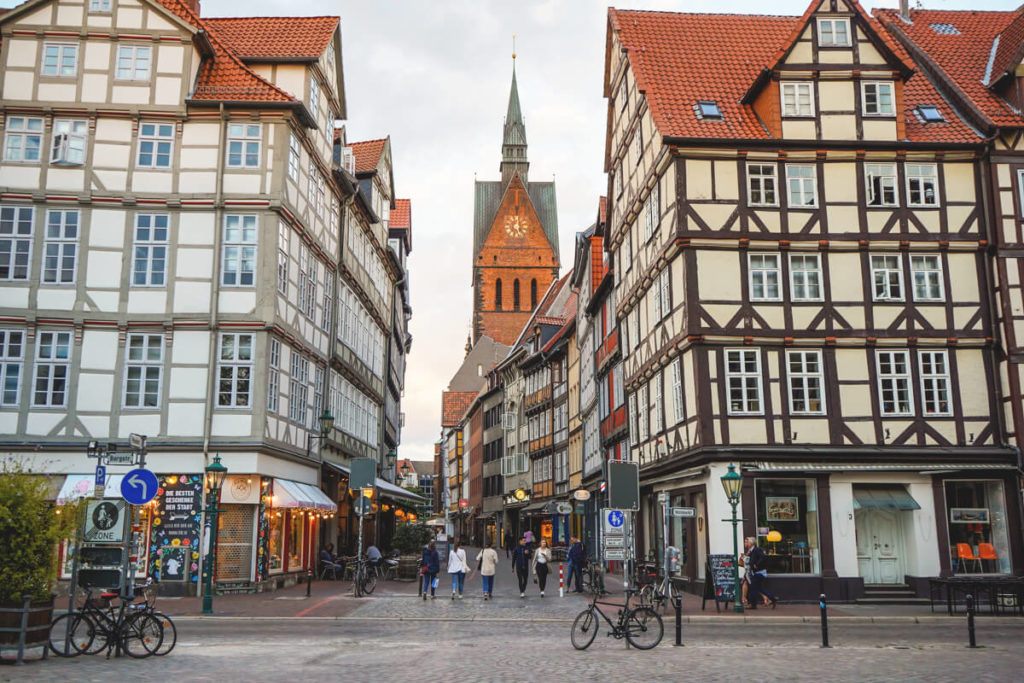
The Aegidienkirche
This pretty ruin of the Aegidienkirche is located in the heart of the Old Town (corner of Breite Straße and Osterstraße) and dates back to the 14th century. This church was also destroyed by bombs during World War II; today, only a ruin remains, serving as a memorial to the victims of war and violence. You’ll reach this ruin automatically if you follow the “Red Thread.”
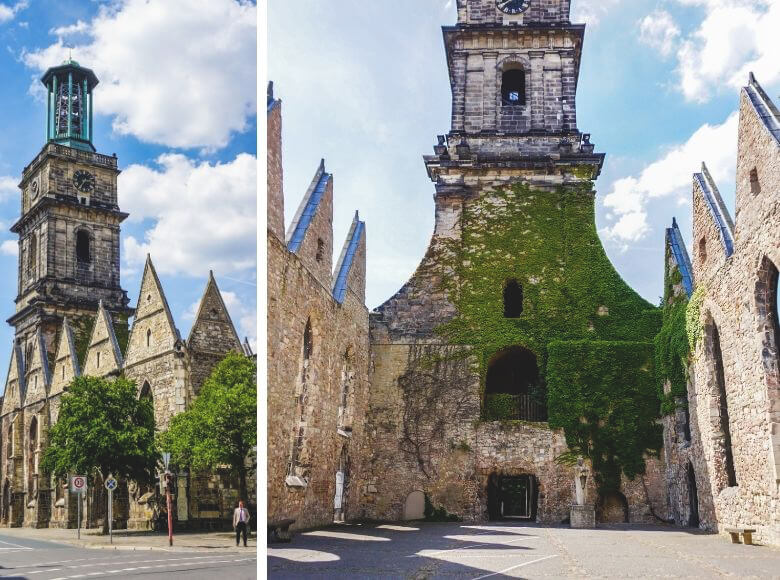
Kreuzkirche and Marktkirche
The Old Town also houses the Marktkirche and the Kreuzkirche. We walked past both of them. You can recognize the latter by its greenish church tower, which is easy to photograph from Ballhofplatz. The Marktkirche dates back to the 14th century and is the oldest church in the city. The city of Hanover developed around this church, as more and more shopkeepers, craftsmen, and merchants settled around it.

Beguine Tower on the Leine River
During our canoe tour through Hanover, we discovered the Beguine Tower on the Leine River. We learned that this tower is the last remaining part of the medieval city fortifications. Over time, the tower has been used as a prison, a storage room, and a restaurant. The tower can be visited as part of a guided tour every Saturday for €3. From the approximately 15-meter-high viewing platform, you have a beautiful view all the way to the Market Church.
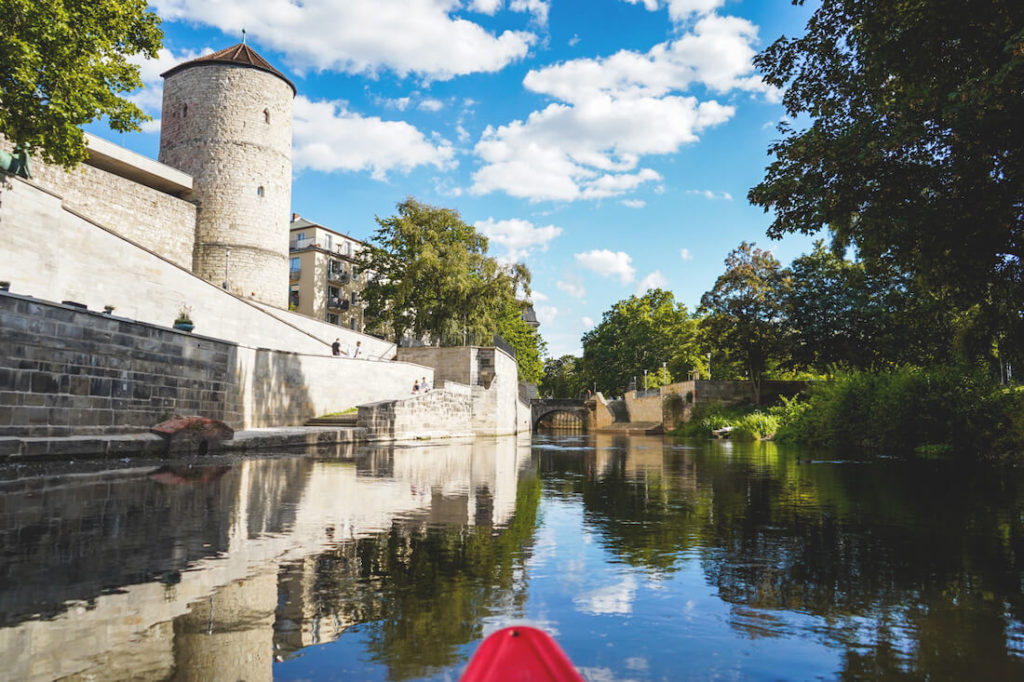
The Colorful Nanas
Here on the banks of the Leine are also the so-called “Nanas”. These are giant, colorful art figures created by the artist Niki de Saint Phalle. These three buxom ladies are called Sophie, Charlotte, and Caroline. In the past, these sculptures were hotly debated, as they were a thorn in the side of many. Today, the figures are part of the cityscape and have become dear to many Hanoverians.
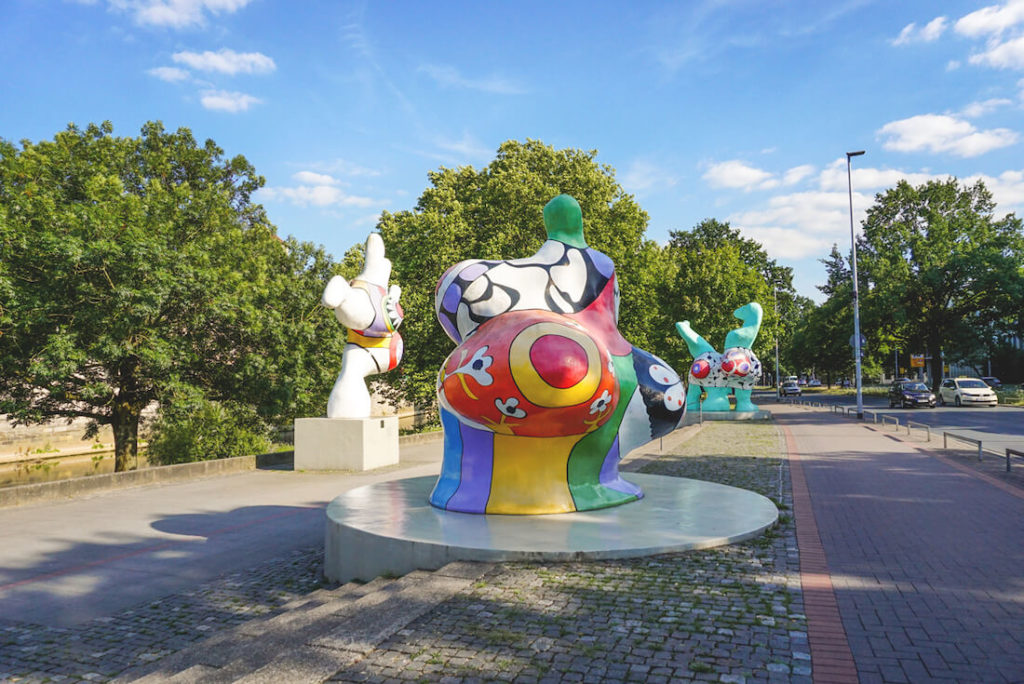
Leineschloss on the Leine River
Hanover even has a castle, the Leineschloss. This was built in 1667 and is located on the Leibniz bank on the Leine River. The King of Hanover once lived here in the Leineschloss; today, the Lower Saxony State Parliament sits here. The castle was almost completely destroyed by incendiary bombs in 1943 and was only rebuilt and remodeled between 1957 and 1962. The unique and beautiful colonnades at the entrance portal on the other side of the Leine are very special.
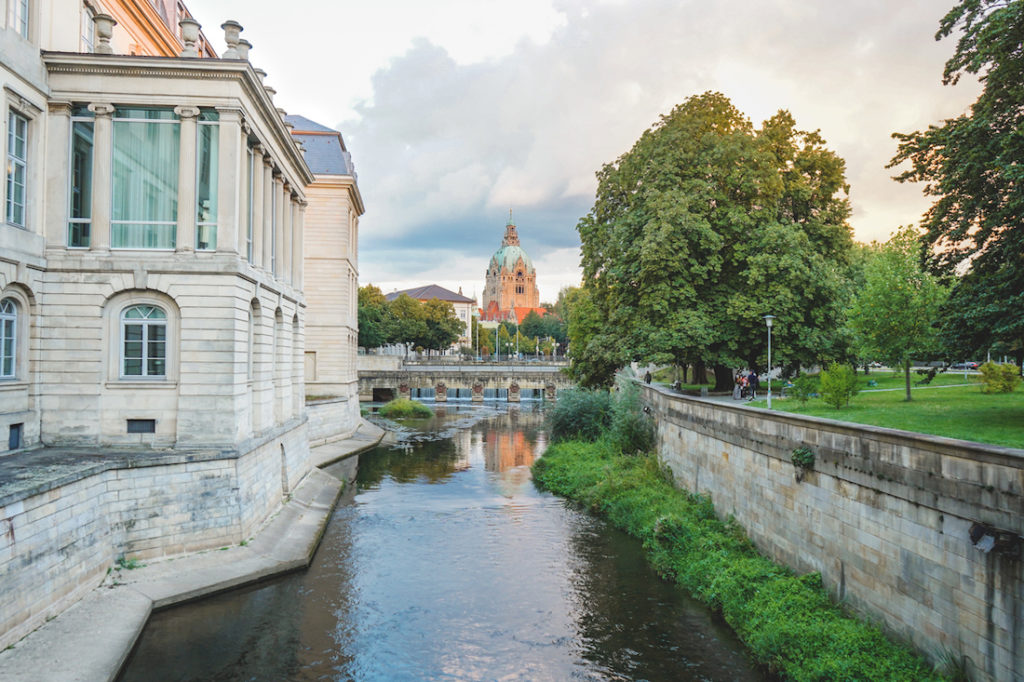
Our food tips for Mitte & Altstadt
We visited the super cool rooftop bar “Schöne Aussichten 360°” (Beautiful Views 360°), which offers a beautiful view over the city’s rooftops. Here you can relax in comfortable lounge chairs while listening to music or take a seat on the cushioned sun loungers. Delicious drinks and snacks are available. Admission is free. Also recommended is the “Teestübchen” (Tea Room) on Ballhofplatz. This café is not only iconic but also steeped in tradition. People like to meet here for coffee, cake, tea, or even a glass of wine.
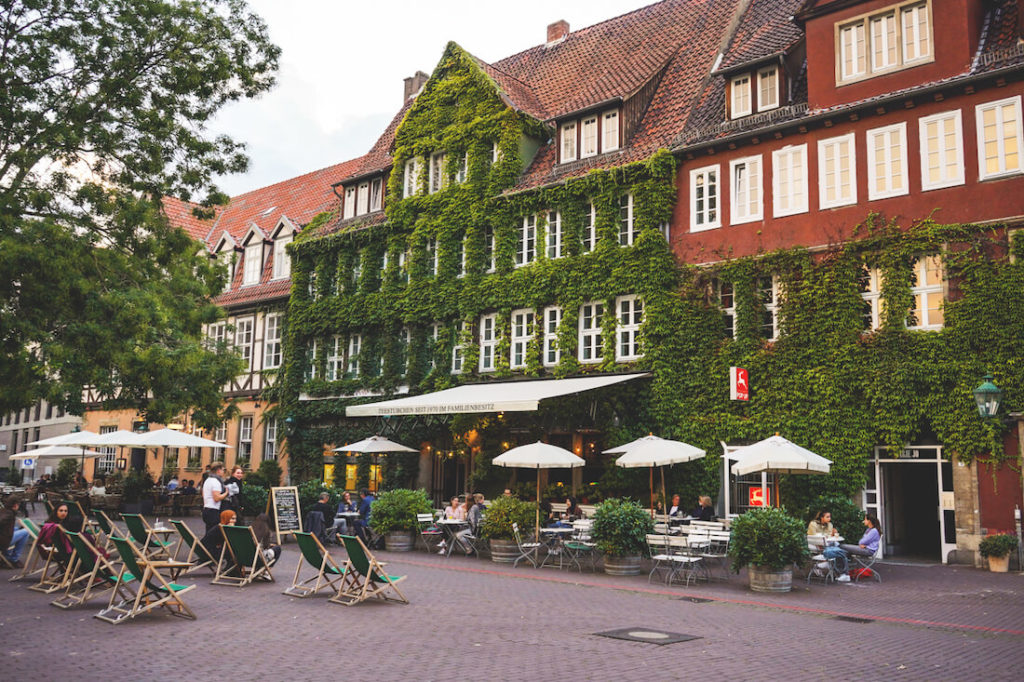
The Pizzeria Francesca & Fratelli on Seilwinderstraße is highly recommended. We haven’t had such a delicious pizza in a long time. There are several shops of this chain in Hanover, including on Limmerstraße, on E-Damm, and in Tiedthof. The ambiance was very nice, and the pizza tasted absolutely excellent. Another evening, we went to Dean & David and ordered delicious salads. We love going to this restaurant; the food is always healthy, fresh, and hand-prepared.
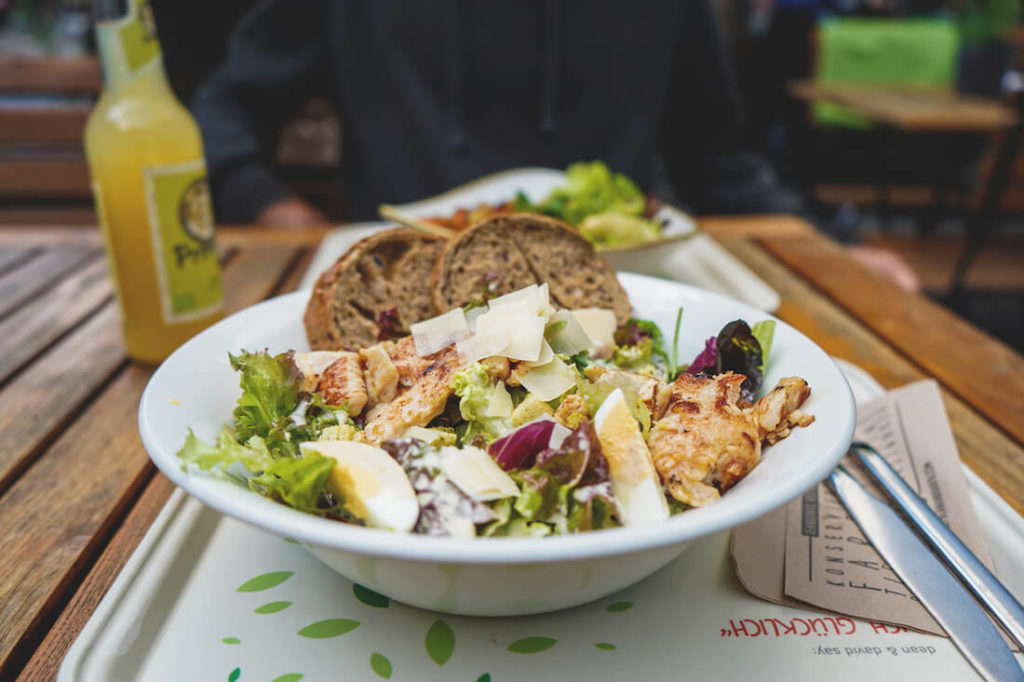
Linden – Our Highlights and Tips
During a guided bike tour, we explored the Linden-Limmer district. Around 45,000 of the city’s 530,000 residents live here. This district is divided into Linden-Mitte, Linden-Nord, Linden-Süd, and Limmer. The feel of Linden is comparable to the Berlin districts of Friedrichshain, Kreuzberg, or Prenzlauer Berg. Locals also say that Hanover is “just an appendage” of Linden. Linden was once the largest village in Prussia, later a working-class district, and since 1885, a separate town. It wasn’t until around 1920 that Linden was incorporated into Hanover.
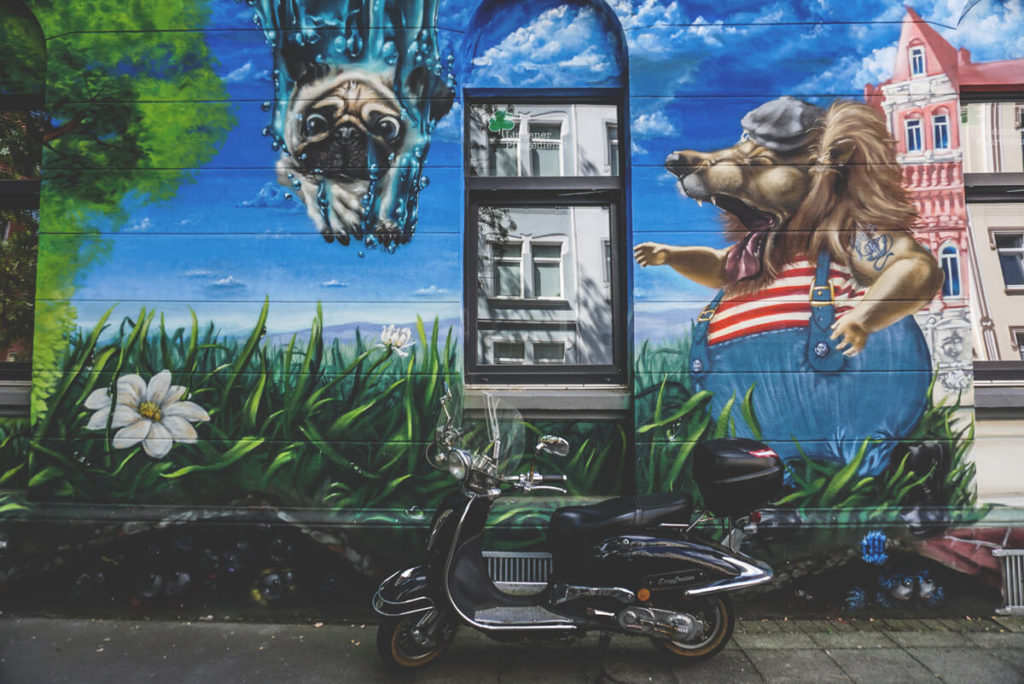
Today, the district is lively, multicultural, and colorful. There are cool cafés, trendy bars, quaint pubs, a diverse restaurant scene, and great hotspots. Linden is home to students, academics, creatives, bon vivants, and unique individuals. The border between Mitte and Linden is at the Küchengarten (Kitchen Garden), the central square of Hanover-Linden. Here, however, the colors are more gray than green. You can see the thermal power plant with its three striking towers, the enormous ruins of the Ihme-Zentrum, and a busy street. And yet, there’s always plenty going on there.
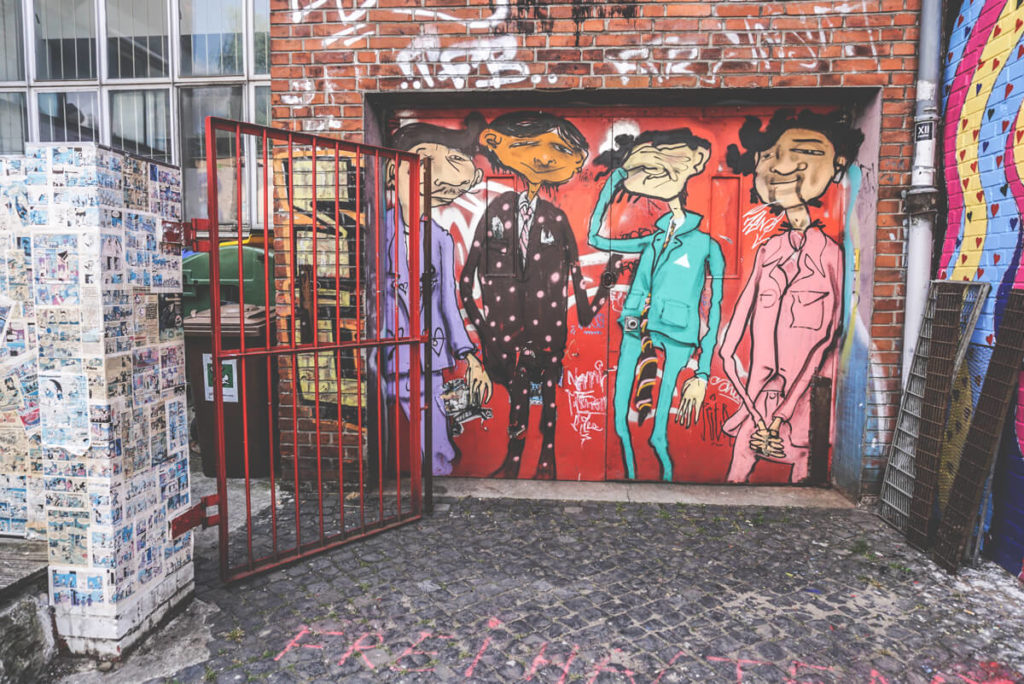
Hannover Tips – The Ihme-Zentrum
We rode our bikes past the Ihme-Zentrum, a huge residential and office complex. Here on the Ihme River, this enormous concrete block is hard to miss and, at first glance, doesn’t really fit into the cityscape. The original idea was to build a residential, work, and shopping center here to relieve pressure on Hanover’s city center, a kind of “city within a city.” But since construction began in 1972 and its opening, the Ihme-Zentrum has struggled with acceptance. Residents still live here today, even though the Ihme-Zentrum looks like a ruin in many places.
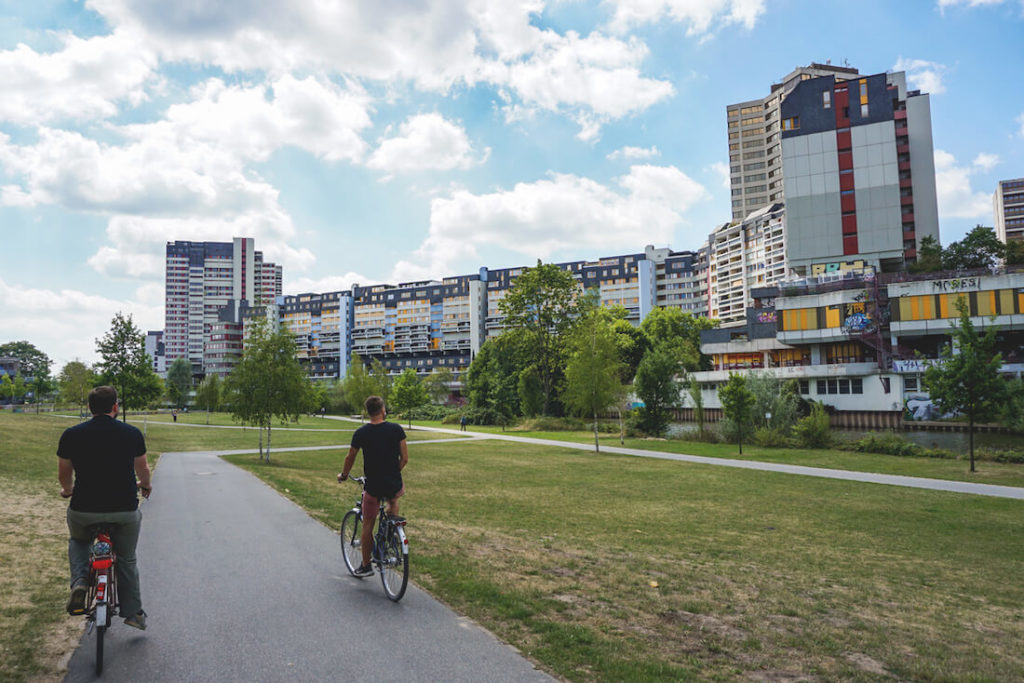
The Three Warm Brothers
One of the city’s landmarks is the combined heat and power plant with its three distinctive towers (also called “the three warm brothers”). Every evening and morning, the towers are brightly lit. This looks particularly cool in the evenings and somehow lends the Linden district even more urban flair.
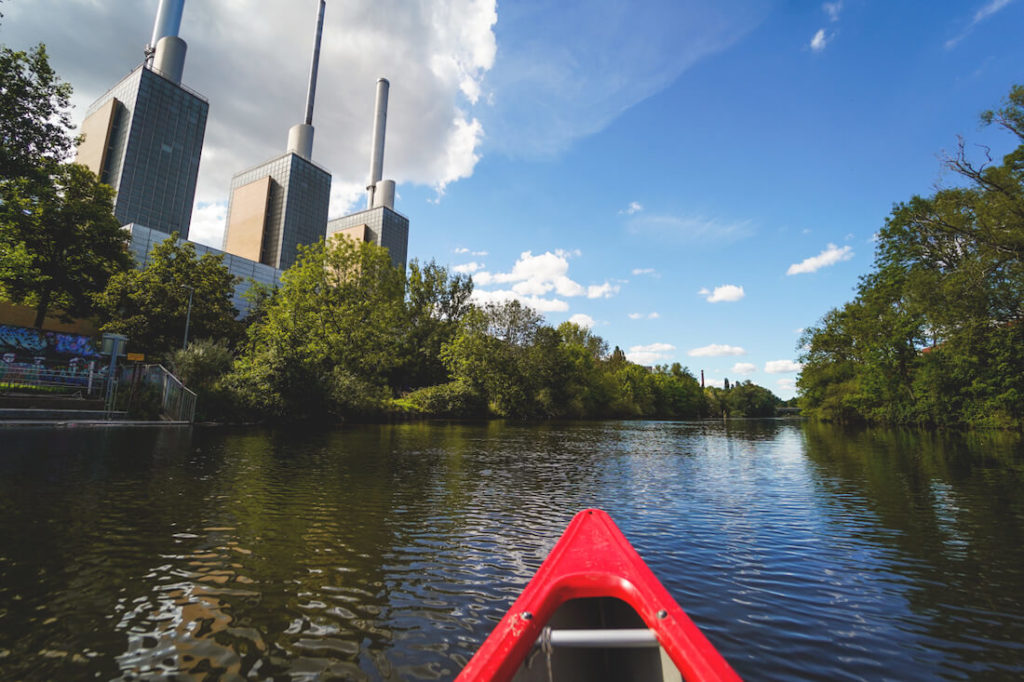
Glockseestraße & Kulturzentrum Faust
The Glockseestraße enjoys cult status in Hanover. It’s home to a café, a kindergarten, a club, a theater, and much more. Above all, the many colorful murals immediately catch your eye (you can find all the cool spots in Linden here). Take your time and take a closer look at the various works of art. If you then continue towards Strandleben, you’ll come to the Kulturzentrum Faust, where you’ll also see plenty of graffiti. The cultural center hosts live concerts, readings, exhibitions, and plenty of parties. In the warm summer months, people like to meet at the Gretchen Beer Garden.
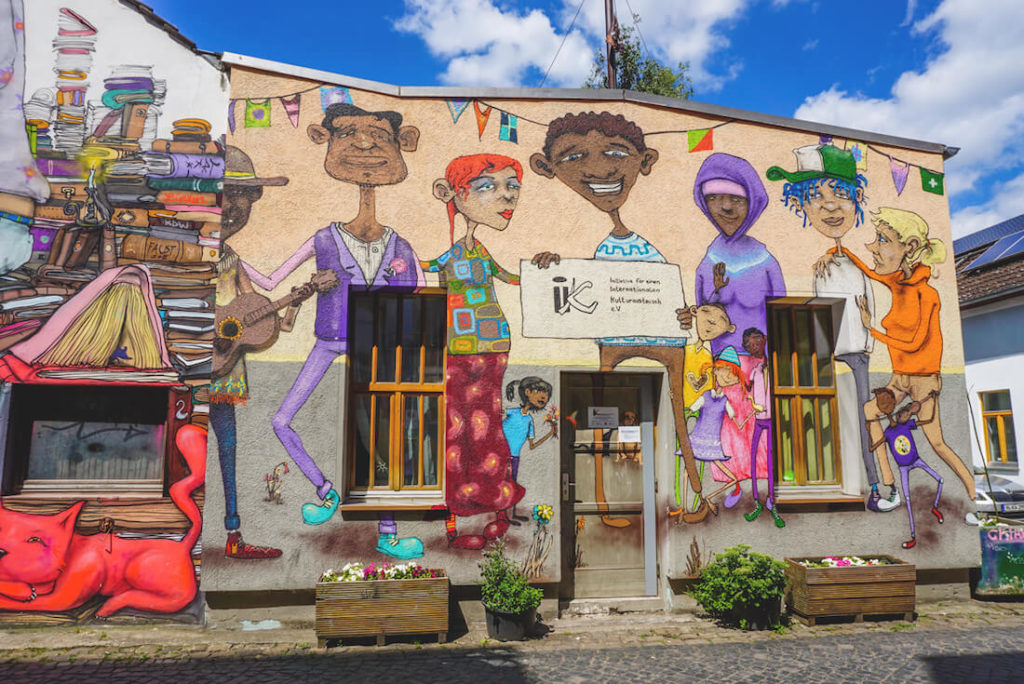
Hannover Tips – Beach Bar Strandleben
Fancy a nightcap by the water? We recommend the Beach Bar Strandleben, located directly at the confluence of the Ihme and Leine rivers. During our canoe tour, we stopped here in the early afternoon and enjoyed coffee and snacks. You can end the evening comfortably in the hammocks and loungers, or discover Hanover from the water with a round of SUP. Put your feet in the sand and enjoy the sunset with a cold beer.
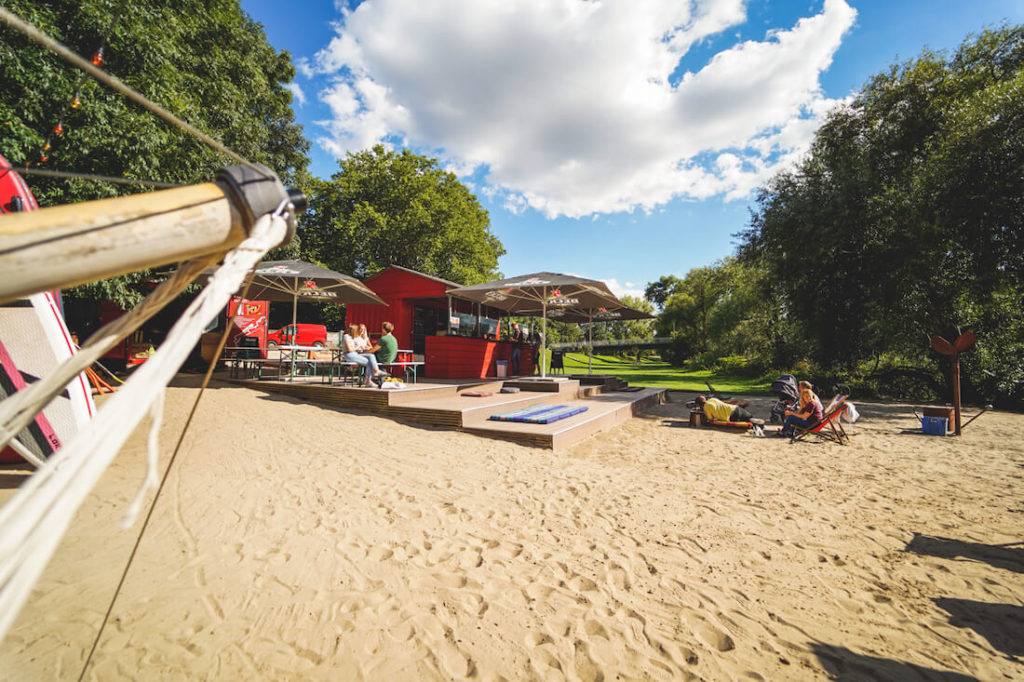
Hannover Tips – Limmerstraße
We then continued along the banks of the Leine to Linden-Nord, past the “Strandleben” beach bar and the aforementioned Faust cultural center. The heart of Linden-Nord is Limmerstraße. In this context, we also learned what “limmern” means. Here on Limmerstraße, people “limmert” (simmering). That means they eat, drink, make music, dance, and enjoy themselves. This area reminded us a lot of some of Berlin’s trendy districts.
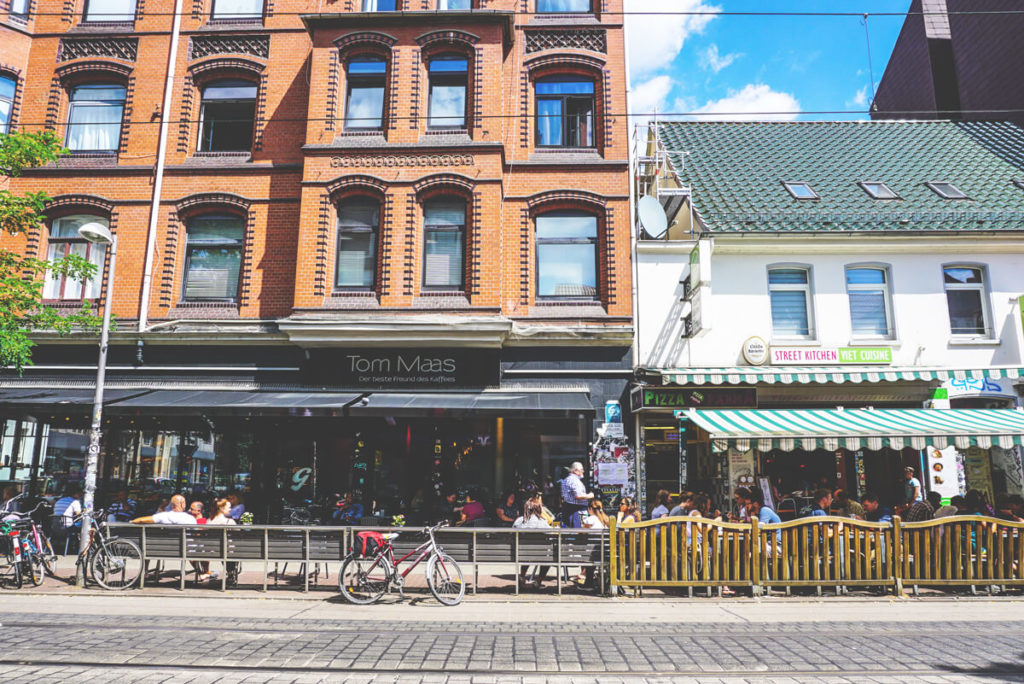
In Linden, you shouldn’t miss the following establishments: Café K (very good cakes and delicious chocolates), …and the Bad Wolf (quaint pub), Rias Baixas (delicious tapas), Street Kitchen (superb Vietnamese food), Apollo Kino (one of the first arthouse cinemas in Germany), and the weekly market on Saturday mornings.
Nordstadt – Our Highlights and Tips
After cycling through Linden, we continued on to the Nordstadt district. It’s the district of individualists, students, and unique people. Everything here is somehow very relaxed and peaceful. You can either meet up for coffee or have a picnic in the countryside. In the evening, visit one of the many trendy bars. Nordstadt is also a wonderful place to stroll and shop, as the many trendy and unique shops have a lot to offer.
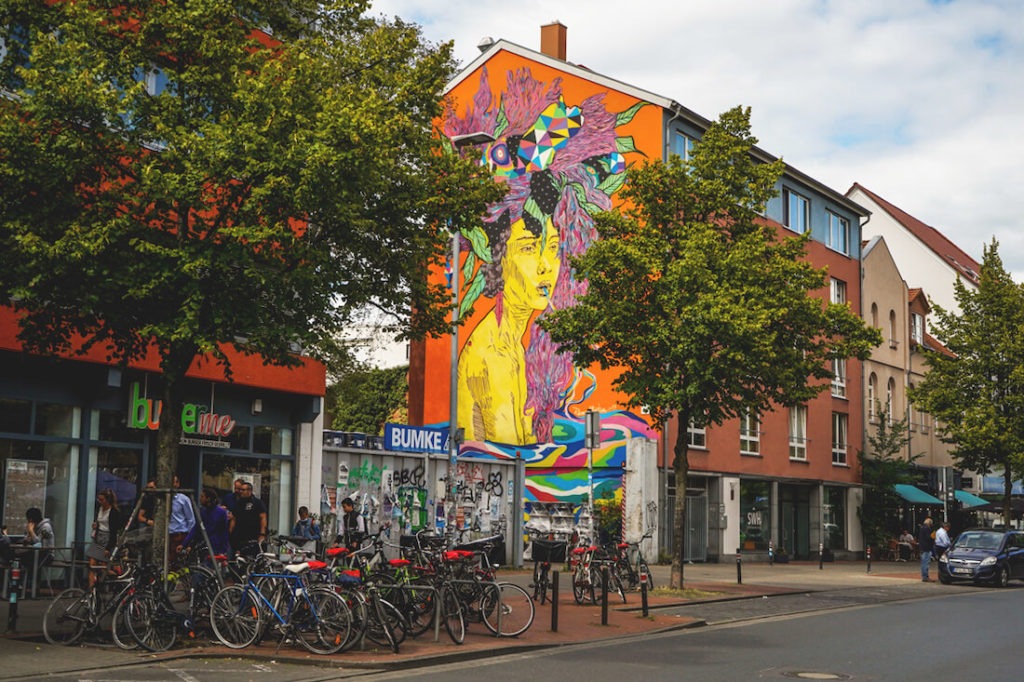
Georgen-, Prinzen-, and Welfengarten
Before our first trip, we would never have imagined that Hanover would be so green and surrounded by so much water. But yes, Hanover also offers nature, peace, and tranquility. The large parks, including the Georgen-, Prinzen-, and Welfengarten, are particularly beautiful. The Georgengarten, with its long, idyllic Herrenhäuser Allee, the Leibniz Temple, the Georgenpalais, and the many groups of trees, is an excellent place for a stroll, a bike ride, or a picnic. It’s especially beautiful in the summer, of course, when you’ll see students everywhere on the spacious lawns.
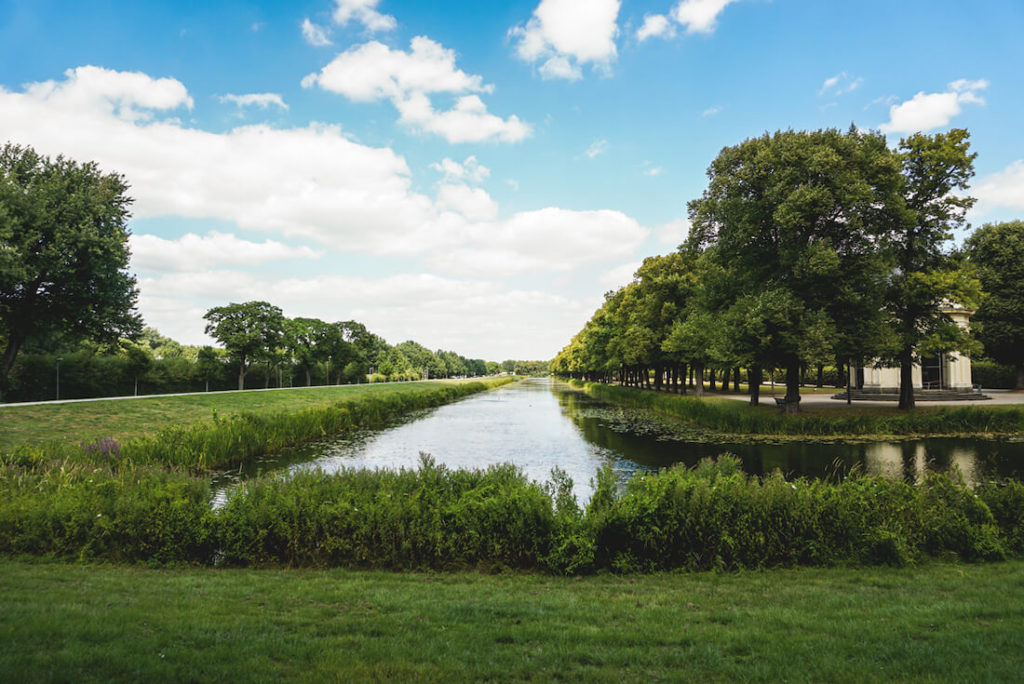
Directly behind the pretty Leibniz University (also known as the Welfenschloss) is the Welfengarten. We particularly liked the vast green spaces and the large, old trees, which provide pleasant shade, especially in the summer. You can discover numerous different tree species here, such as beeches, chestnuts, maples, ash trees, and oaks. A small bridge leads over a pond. During our second trip, we visited the university again and then took a short break in the Welfengarten.
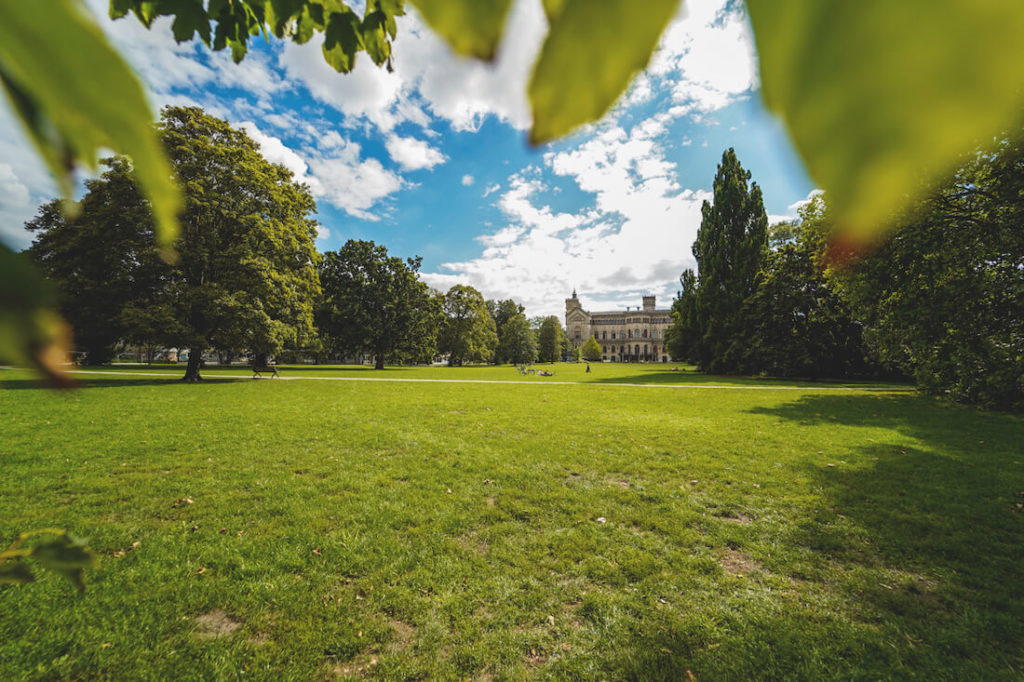
Leibniz University
The beautiful Leibniz University (LUH for short) in Nordstadt is definitely an eye-catcher in Hanover. According to the university, around 30,450 students currently study here, making it one of the largest universities in Germany. In 1857, the Welfenschloss (Welfen Palace) was built from white Deister sandstone and served as the residence of the royal families. In 1879, the Technical University, now the university, moved into the building. In front of the university stands the Saxon Horse, the symbol of Lower Saxony.
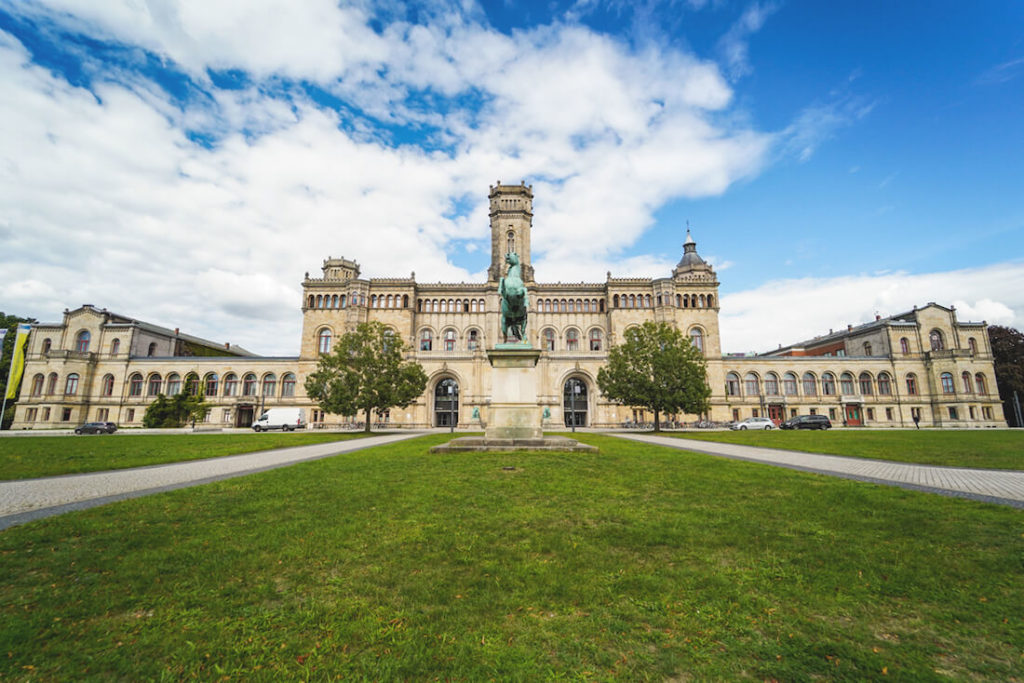
Hannover Tips – Herrenhausen Gardens
The 2-kilometer-long Herrenhäuser Allee leads to the Herrenhausen Gardens. This four-row avenue was laid out in 1726 to connect the palace with the city. From Leibniz University, it is only 2 kilometers (7 minutes) to the beautiful Herrenhausen Gardens. In our opinion, these gardens are a MUST-SEE during your trip to Hanover. The Herrenhausen Gardens are among the most important Baroque gardens in all of Europe. The historical centerpiece of the complex is the Great Garden. You can marvel at more than 11,000 plant species here. The grounds are enormous and captivate with their diverse plants, numerous colorful flowers, and tranquil and idyllic atmosphere.
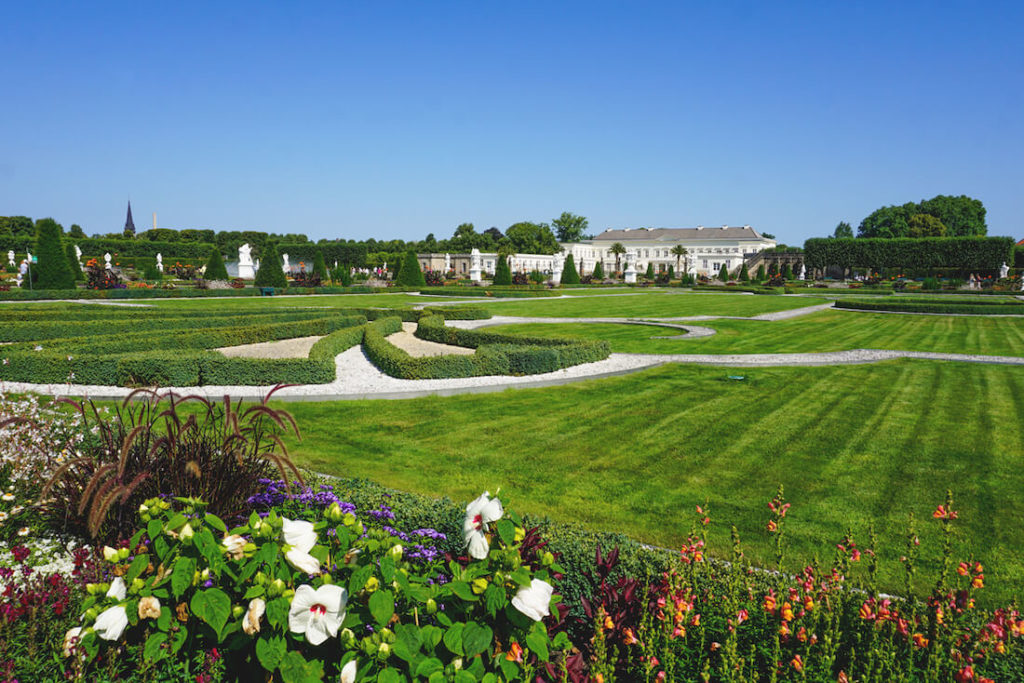
Here you can have a picnic on the lawns or enjoy the peace and quiet by the fountains. You can also bring food and drinks into the grounds. Yes, you heard right! It’s really allowed! It would, of course, be great if you took your trash with you afterward. Admission to the Great Garden, the Berggarten, and the Herrenhausen Palace Museum is €10 per person. Children up to 12 years old don’t even have to pay.
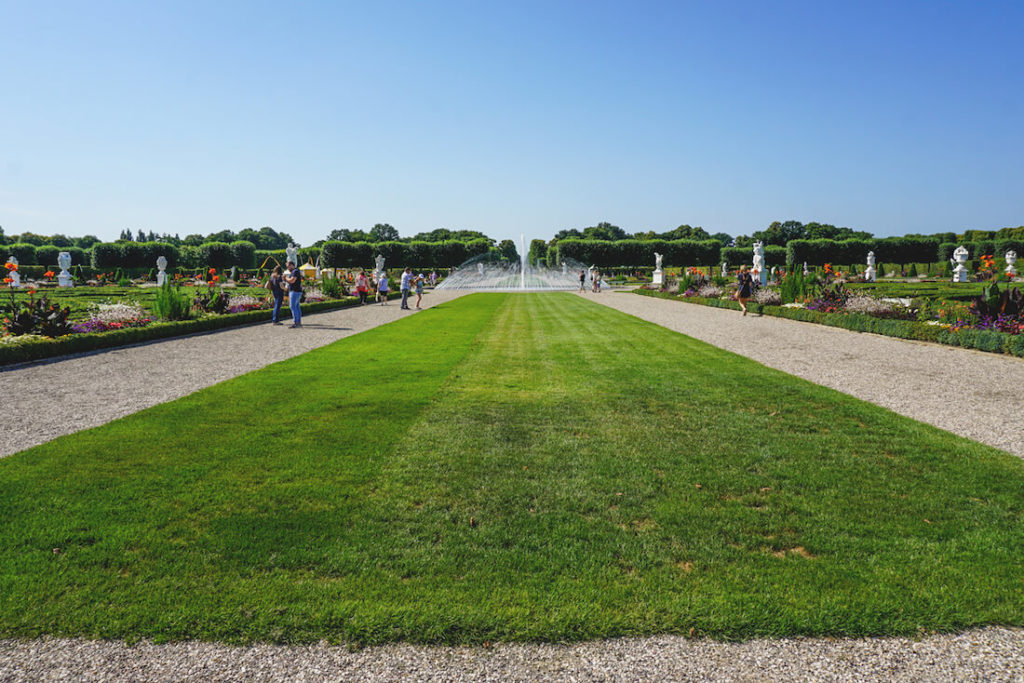
Cafés, Shops & Restaurants
In the Nordstadt, you’ll find numerous pubs, restaurants, sidewalk cafés, and shops, especially east of the beautiful gardens. It’s best to start on Engelbosteler Damm and visit the vintage-style Café 24grad or Café lieb.es. Also very popular are the Fahrradcafé, the S-Bar, the Locorito, the Spandau, or the super cool Café Hafven on Kopernikusstraße (with co-working space). Fancy a beer? Then stop at the Onkel Olli’s kiosk at the Luther Church. Here you can find over 200 different beers and 100 sodas from all over the world.
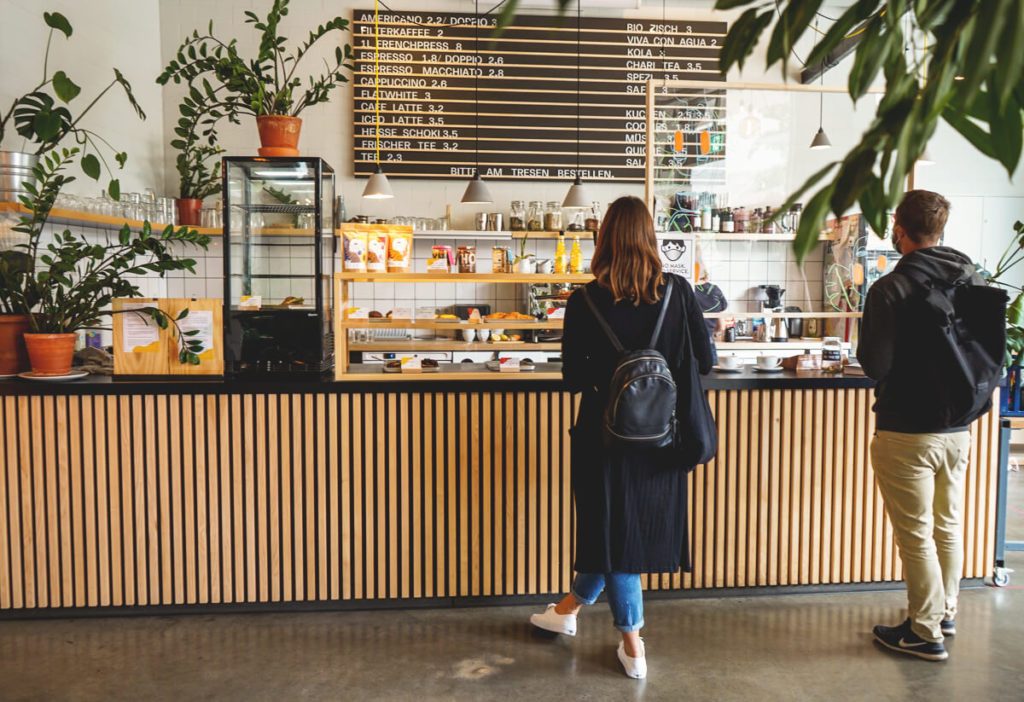
List – Our Highlights and Tips
During our last trip, we were able to explore the “List” district and learned a lot of interesting and cool things. In the List district, there are many pretty town houses from the Wilhelminian era, plenty of green space (Eilenriede city forest), historic buildings, cool cafés, and plenty of shopping opportunities. Around 43,000 residents live in the very popular List district, particularly enjoying the excellent infrastructure, spacious apartments, and proximity to nature.
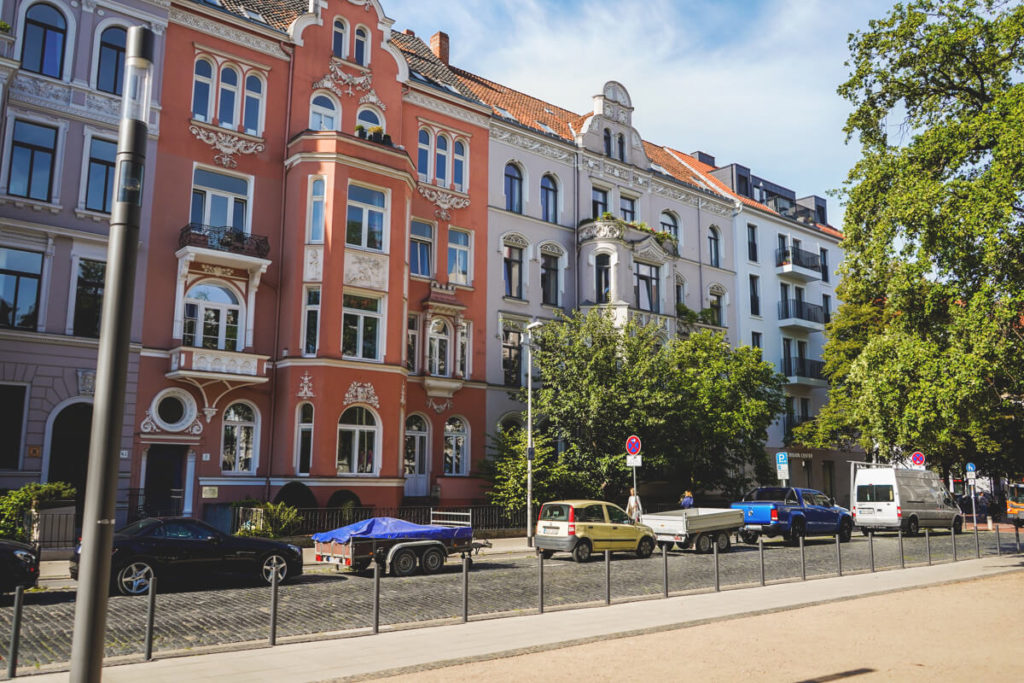
Lister Meile pedestrian zone
Let’s start with the Lister Meile pedestrian zone, which connects the eastern part of the city and List with the main train station. The “Lister Meile” is 1.6 kilometers long and awaits you with many cafés, restaurants, greengrocers, florists, pharmacies, and shops. It starts at Ernst-August-Platz in front of the main train station and ends at Lister Platz. Eastcoffee on the Lister Meile is highly recommended, as here you can get fantastic coffee with personal advice from the owner.

“LoLa – Der Loseladen” is also really cool, with many sustainable, unpackaged, and regional products. We were also recommended the Café Panea, where you can get delicious food. If you want to shop cheaply, you should stop by the Dithmars department store, it is supposedly the best second-hand shop on the Lister Meile. Super delicious ice cream is available at the frozen yogurt shop “YOMARO”, opposite the unpackaged store.
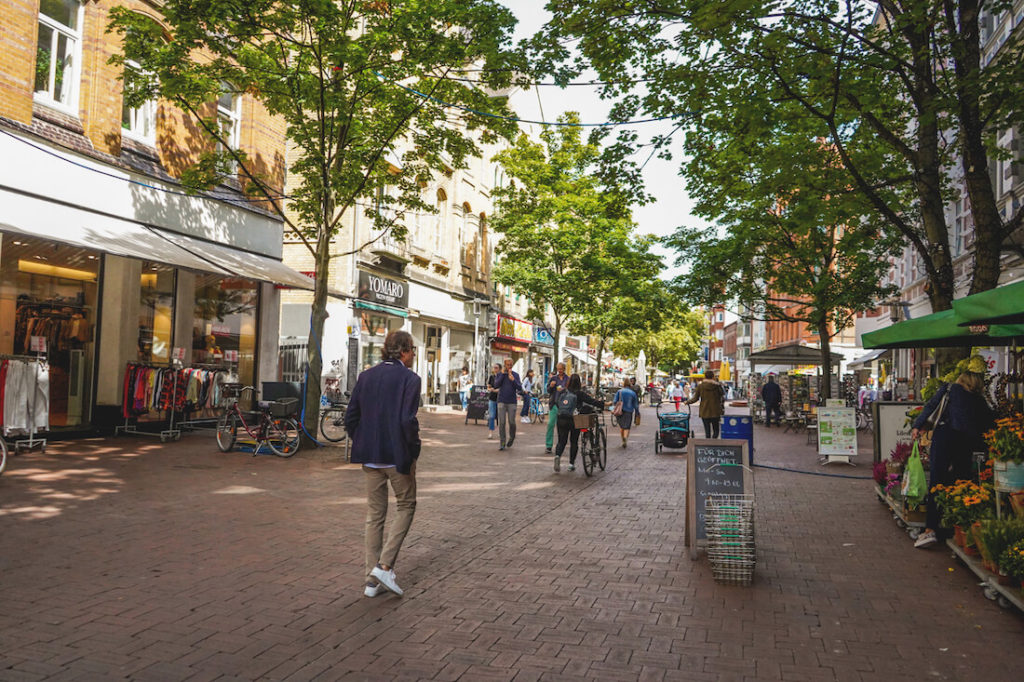
Eilenriede City Forest
We have already introduced you to quite a few green spaces in Hanover.The only thing missing is the Eilenriede urban forest. This forest is something like the city’s “green lung” and is one of the largest contiguous urban forests in Europe. And that’s not all: the forest is also twice the size of New York’s Central Park. Amazing, isn’t it? Here you’ll find plenty of bike paths, lawns, green spaces, the adventure zoo, jogging trails, and numerous playgrounds. Tip: In the summer months, people like to meet for a beer at the Lister Turm beer garden.
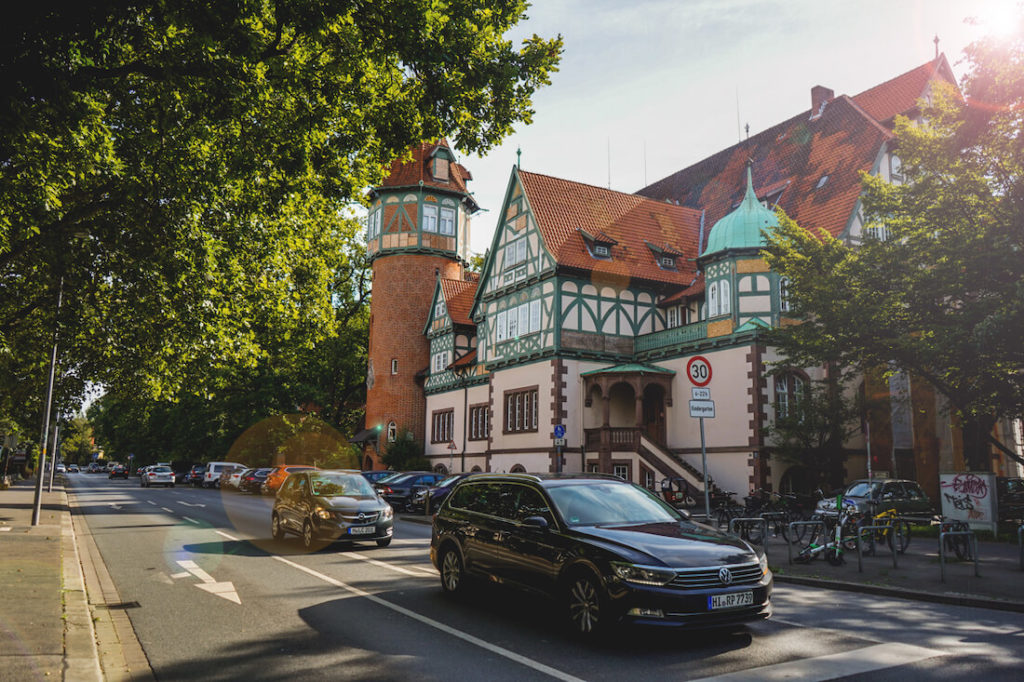
Hannover Tips – The Bahlsen Biscuit Factory
Our tour guide led us to the former Bahlsen Biscuit Factory on Podbielskistraße. Where today only the headquarters are located, the first biscuits once rolled off the production line here. We were particularly fascinated by the company’s history. In 1891, Hermann Bahlsen launched “LEIBNIZ Cakes,” named after Gottfried Wilhelm Leibniz. At that time, the locals didn’t speak English and always pronounced the word “Cakes” in the typically German “Ka-Kes.” So Bahlsen changed the name to “Keks.” Did you know that this is how the word “Keks” originated?
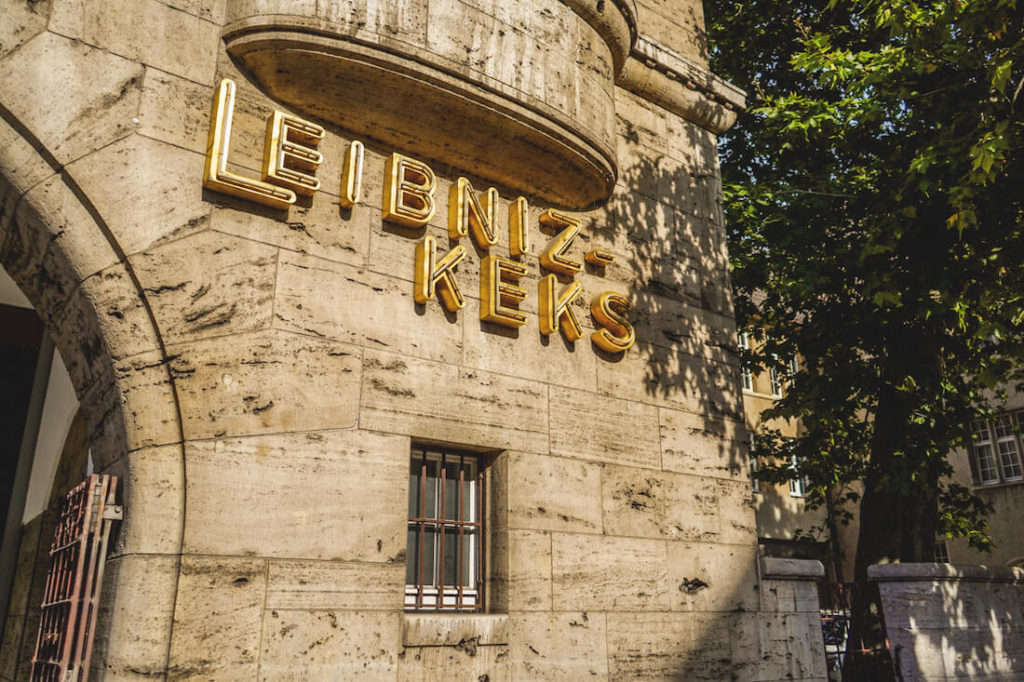
Here are a few more interesting facts: In 1898, the first neon sign for LEIBNIZ, and the second in all of Germany, hung on Potsdamer Platz in Berlin. Hermann Bahlsen was a pioneer and undertook many efforts to make production even more efficient. For example, from 1905 onward, the biscuits were produced on the first assembly line in European industry. Due to the war and inflation during the World War, a pack of LEIBNIZ biscuits cost 400 billion marks in 1923. Crazy, right? It wasn’t until 1971 that the cookies received their distinctive yellow packaging.
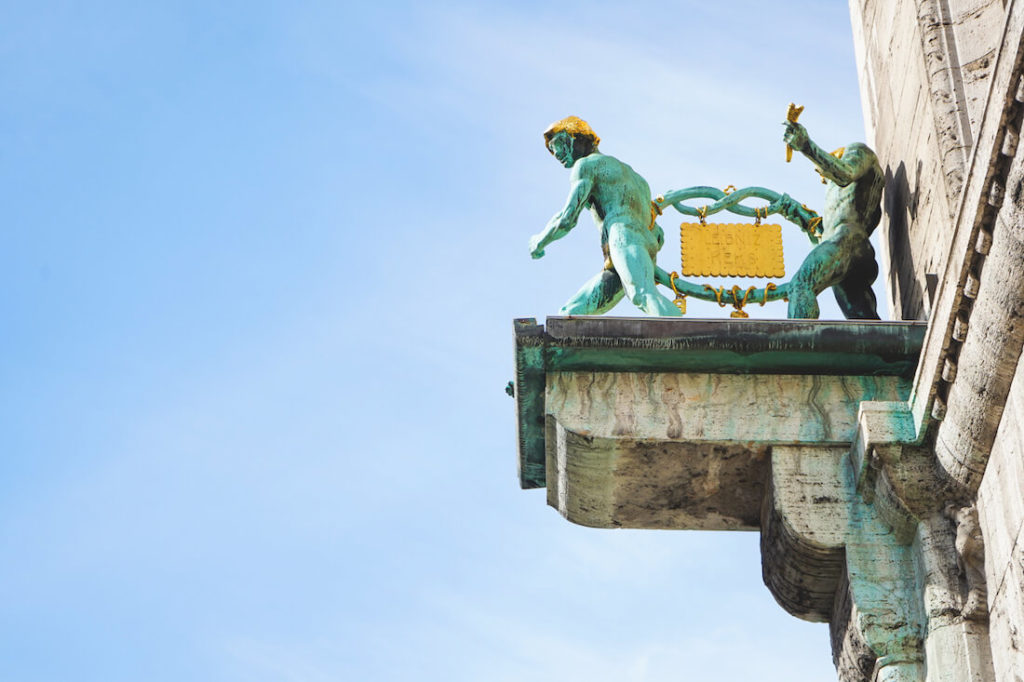
Graffiti & Street Art
You can also find graffiti and street art in the List district. Our tour guide took us to the Sedanstr./Lister Meile subway station. There’s plenty of graffiti to see on the station’s walls. In 1995, the city of Hanover launched the “Hannover-New York” project with young graffiti artists from the city and three well-known sprayers from New York. Thus, a vast world full of colorful works of art spread across an area of approximately 1,500 square meters of wall space. Other spots: Celler Straße, Kronenstraße, the bunker at Welfenplatz, Walderseestraße, and Lister Straße.
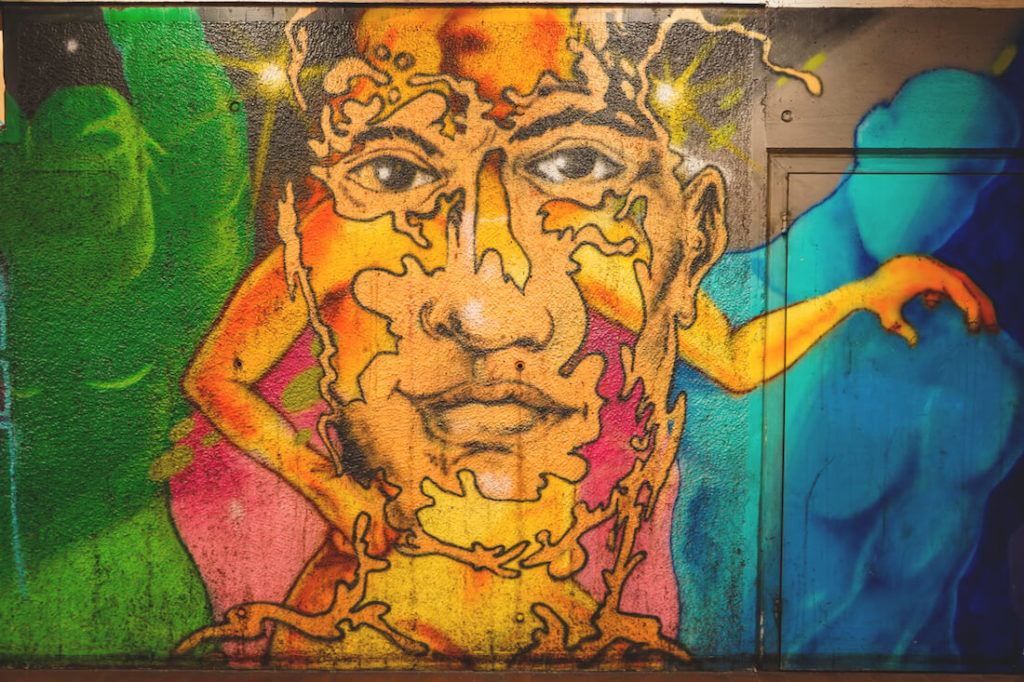
City Tours & Excursions
The city of Hannover offers numerous tours. Whether it’s a bike tour, canoe tour, Segway tour, boat tour, bus tour, or walking tour – there’s something for every taste. On our first trip, we took a great bike tour through Linden and Nordstadt and visited the coolest spots. Our 3-hour canoe tour along the Ihme and Leine rivers was also really cool. We admired many of Hannover’s highlights from the water. The Walking Tour through List is also recommended. Take a look at this website: www.hannover.de.
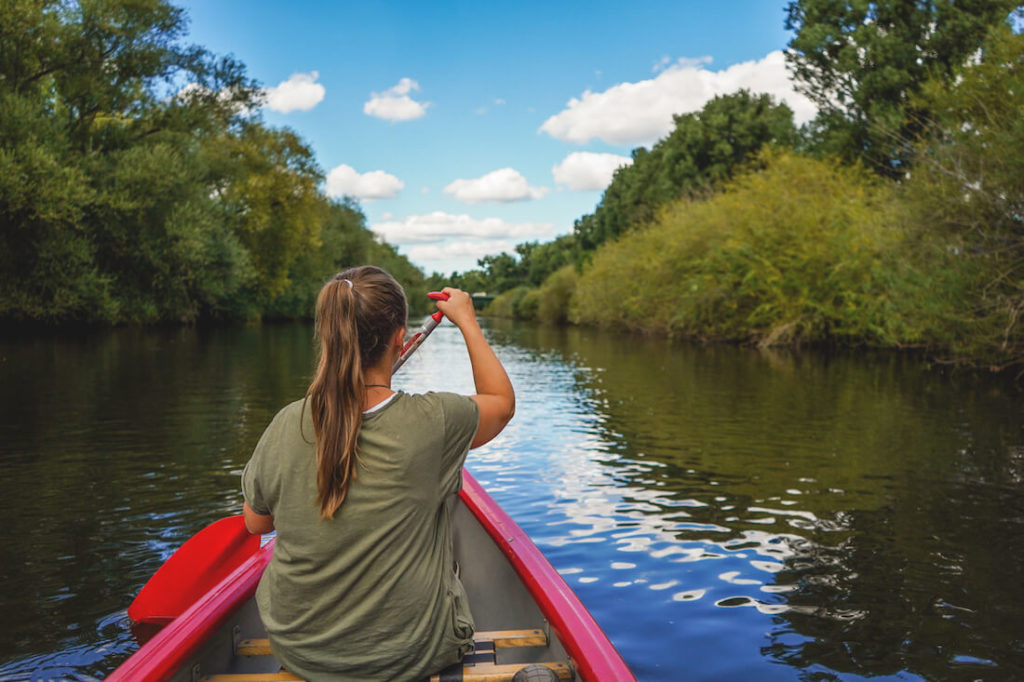
Our conclusion about Hanover
Well, what can we say? Hanover really surprised us! The gray spot on our map of Germany has now become a colorful spot. Hanover is awesome! We particularly like the mix of nature and city. We really loved the various districts like Linden, Mitte, List, and Nordstadt. Somehow, Hanover has a very specific flair that we never expected. The city is young, colorful, multicultural, hip, relaxed, and incredibly green!
There’s plenty of water, many parks, meadows, and forests here. We need that kind of thing if we want to feel comfortable in a city. After our trips, we all agreed: Hanover is definitely one of our Top 5 Cities in Germany. We can’t quite put into words why we liked Hanover so much. Somehow, we just felt something that we didn’t feel in cities like Düsseldorf, Cologne, or Leipzig. Do you know that feeling?